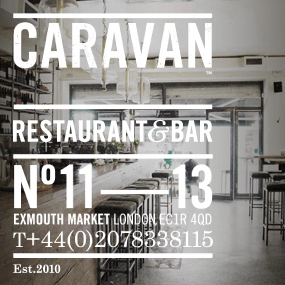New World Versus Old World Sauvignon Blanc
The first Friday in May was International Sauvignon Blanc Day, and British wine critic Jancis Robinson took part in “a fascinating blind tasting in anticipation of the great day”. “A small group of wine professionals compared pairs of sauvignons from its homeland, the Loire, and its (new) world centre of operations, New Zealand,” Robinson writes in her weekly column for the Financial Times.
“Exercises of this sort are usually organised by the upstart region or country, eager to prove they are the equal of the established practitioner. But in this case, New Zealand sauvignon is so popular worldwide that Kiwi winemakers can hardly be described as upstarts,” Robinson writes.
“This tasting – unusually and delightfully –was organised and hosted by both interested parties acting in unison. Marlborough, is the powerhouse of New Zealand sauvignon production, making 80 per cent of the country’s wine. From a standing start – the first vintage of Marlborough sauvignon blanc was 1979 – New Zealand sauvignon has been so successful commercially that it accounts for almost 90 per cent of the country’s wine exports.
“Nowadays, Marlborough sauvignon is as popular with Australians (Australians!) and Americans as with the British, who first fell in love with Cloudy Bay in the mid-1980s. Still, it cannot be accused of unpredictability. Its generally monotone nature – pungently perfumed, unashamedly tart, immediately recognisable and often a little bit sweet – has made it beloved by regular wine drinkers and rather despised by us hard-to-please and jaded wine professionals.
“The six pairs of sauvignons for our blind tasting were chosen by wine scientist Jamie Goode of wineanorak.com, who has studied sauvignon blanc in considerable scientific detail, and Rebecca Gibb, one-time New Zealand resident, Master of Wine and author of The Wines of New Zealand. One intriguing discovery is that grapes picked by machine, as virtually all of them are in underpopulated Marlborough, rather than by hand, have 10 times more of one mysterious but key aromatic compound associated with sauvignon blanc.”
“The Clos Henri 2016 Marlborough, was my favourite wine of the day,” Robinson says. “I thought it had the finesse of a top-quality Sancerre and noted that it was so dominated by floral and citrus flavour compounds that it almost tasted like Riesling (there is no greater compliment in my book). By contrast, the Bourgeois Monts Damnés 2017 Sancerre seemed a bit heavier on its feet.
“The tasting showed that, even with sauvignon blanc, there is no longer a gulf between the old and new worlds and – with the noble exception of the bargain Villa Maria Private Bin – New Zealand wines tend to be more ambitiously priced.”
Original article by Jancis Robinson, Financial Times, May 3, 2019.














